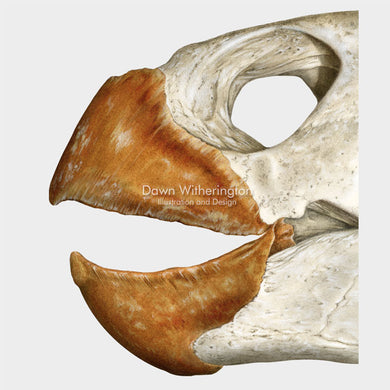
These findings indicate that an early-stage sample cannot be directly compared to a late-stage sample, especially from different nests. This increase is most likely attributable to the 50% increase in lipid content observed in the late-stage yolk. Early and middle developmental stage samples had similar concentrations of PCBs and organochlorine pesticides on a wet-mass basis (ng/g tissue extracted), but the concentrations doubled by the late stage. Geometric mean concentrations of summation operatorPCBs (52 congeners), summation operatorDDTs, summation operatorchlordanes, and dieldrin in all eggs were 65.0 (range=7.11 to 3930 ng/g lipid), 67.1 (range=7.88 to 1340 ng/g lipid), 37.0 (range=4.04 to 685 ng/g lipid), and 11.1 ng/g lipid (range=1.69 to 44.0 ng/g lipid), respectively. PCB and pesticide concentrations were determined by gas chromatography with electron capture detection (GC-ECD). One to three egg yolk samples per nest were analyzed from early, middle, and late developmental stages (n=22 eggs total). Contaminant concentrations were measured in yolk samples from eggs that failed to hatch from three loggerhead sea turtle (Caretta caretta) nests collected in southern Florida to determine if concentrations change through embryonic development.

The purpose of this study was to establish appropriate sample collection methodology to monitor these contaminants in sea turtle eggs. Data are scarce describing the concentrations of polychlorinated biphenyls (PCBs) and organochlorine pesticides in sea turtle eggs.


 0 kommentar(er)
0 kommentar(er)
